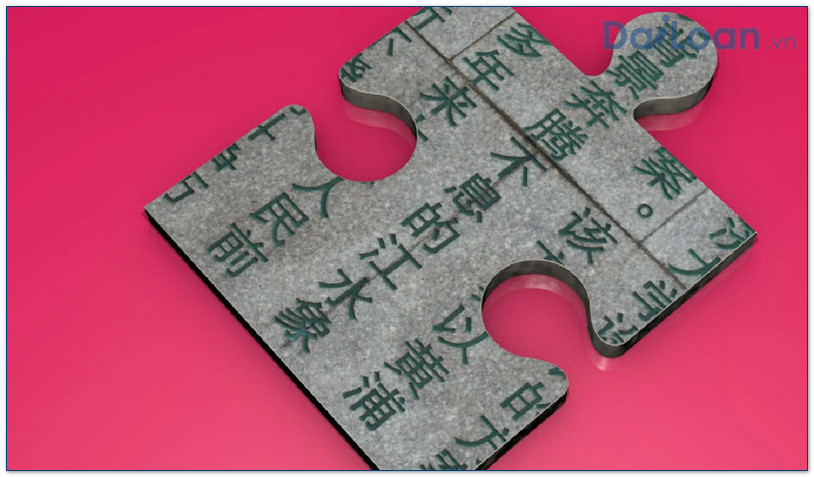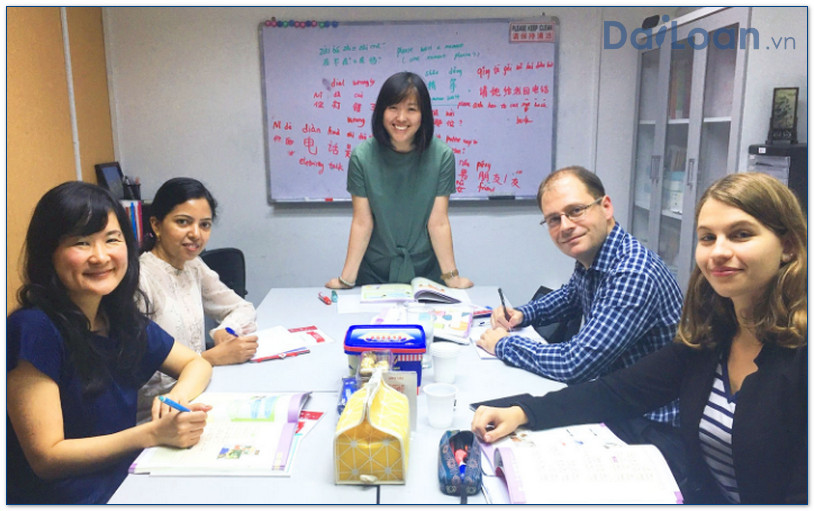In this article, we will explore the term 痙攣 (jìng luán), a frequent term in the Chinese language related to physical conditions. This word is crucial for gaining a deeper understanding of Chinese medical vocabulary and dialogues related to health. Let’s break down its meaning, grammatical structure, and provide helpful examples of usage.
What is 痙攣 (jìng luán)?
Meaning of 痙攣
The term 痙攣 (jìng luán) translates to “spasm” or “cramp” in English. It refers to involuntary muscle contractions that can cause discomfort and pain. In a medical context, it signifies a range of conditions where muscles contract abnormally, leading to various symptoms. Understanding this term is essential for discussing ailments that impact muscle function and body movement.
Grammatical Structure of 痙攣 (jìng luán)
Breakdown of 痙攣
痙攣 is a two-character compound word:
- 痙 (jìng) – This character means “to convulse” or “to spasm.” It is commonly associated with sudden and involuntary muscle movements.
- 攣 (luán) – This character means “to contract” or “to cramp.” It describes the physical manifestation of muscle tightening.
Together, these characters convey the idea of an involuntary and painful muscle contraction. The pronunciation (jìng luán) uses the fourth and second tones, respectively, emphasizing the need for tone accuracy when speaking.
Example Sentences Using 痙攣 (jìng luán)
Contextual Usage
Here are some example sentences that incorporate 痙攣 to illustrate how it can be used in different contexts:
- 我昨晚做運動時,腿部的肌肉痙攣了。
(Wǒ zuó wǎn zuò yùn dòng shí, tuǐ bù de jī ròu jìng luán le.)
“My leg muscles cramped during exercise last night.” - 這位病人經常感到背部痙攣。
(Zhè wèi bìng rén jīng cháng gǎn dào bèi bù jìng luán.)
“This patient often experiences muscle spasms in the back.” - 她的手指因為寒冷而痙攣。
(Tā de shǒu zhǐ yīn wèi hán lěng ér jìng luán.)
“Her fingers cramped because of the cold.”
Usage in Different Contexts
痙攣 can appear in both spoken and written Chinese, especially in medical contexts. Understanding how to use this term enhances your ability to discuss health issues comprehensively. Here are a few variations for greater clarity:
- In a medical examination: 医生问我是否有痙攣的痛苦。 (Yī shēng wèn wǒ shì fǒu yǒu jìng luán de tòng kǔ.) – “The doctor asked me if I experienced any cramping pain.”
- In fitness discussions: 運動後要注意避免肌肉痙攣。
 (Yùn dòng hòu yào zhù yì bì miǎn jī ròu jìng luán.) – “After exercising, be careful to avoid muscle cramps.”
(Yùn dòng hòu yào zhù yì bì miǎn jī ròu jìng luán.) – “After exercising, be careful to avoid muscle cramps.”
Conclusion
In conclusion, understanding 痙攣 (jìng luán) is essential for anyone looking to navigate discussions regarding physical health in Chinese. By mastering its meaning, grammatical structure, and practical usages through example sentences, you enhance your communication skills in the language. Whether discussing personal health issues or engaging in sports conversations, having this vocabulary at your disposal will serve you well in your Chinese language journey.

Sứ mệnh của Chuyên là giúp đỡ và truyền cảm hứng cho các bạn trẻ Việt Nam sang Đài Loan học tập, sinh sống và làm việc. Là cầu nối để lan tỏa giá trị tinh hoa nguồn nhân lực Việt Nam đến với Đài Loan và trên toàn cầu.
CÓ THỂ BẠN QUAN TÂM
Du học Đài Loan
Lao Động Đài Loan
Việc Làm Đài Loan
Đơn Hàng Đài Loan
Visa Đài Loan
Du Lịch Đài Loan
Tiếng Đài Loan
KẾT NỐI VỚI CHUYÊN
Zalo: https://zalo.me/0936126566
Website: www.dailoan.vn




